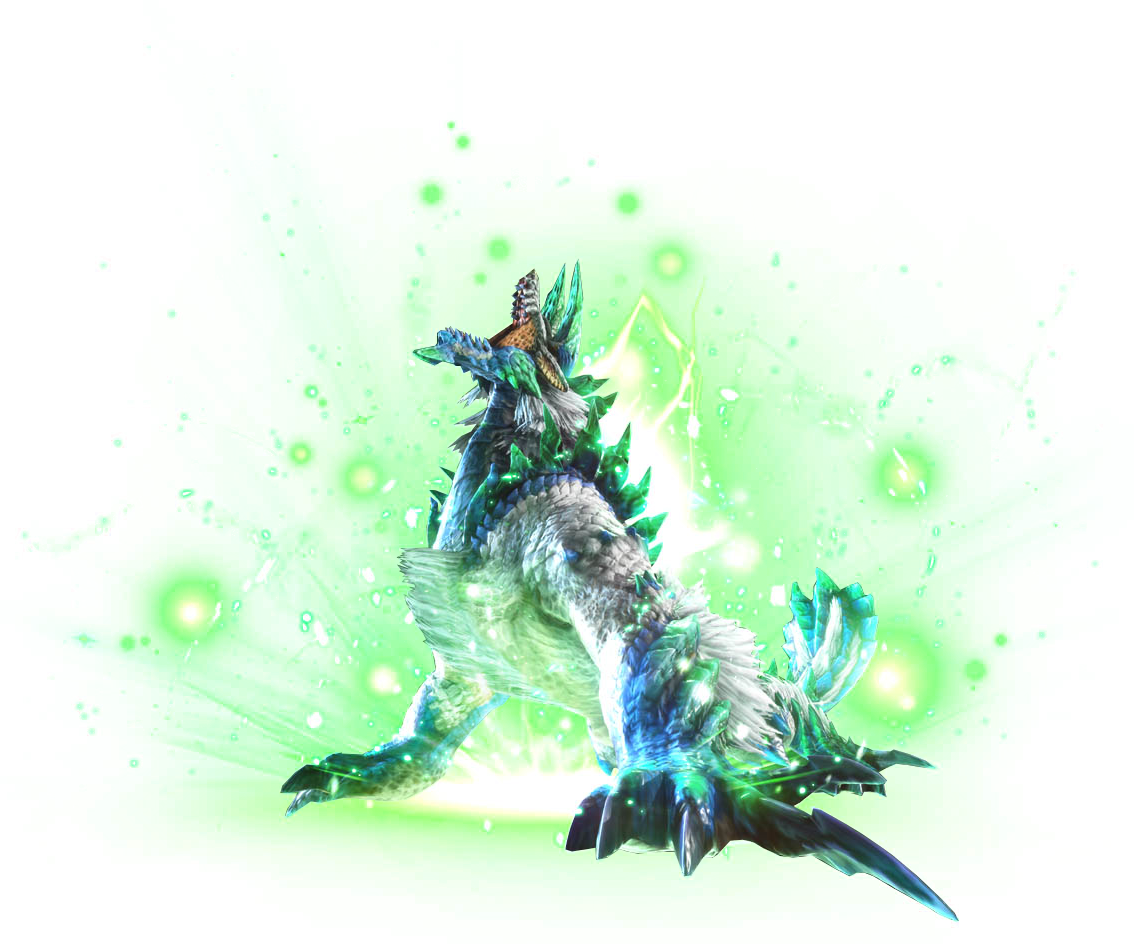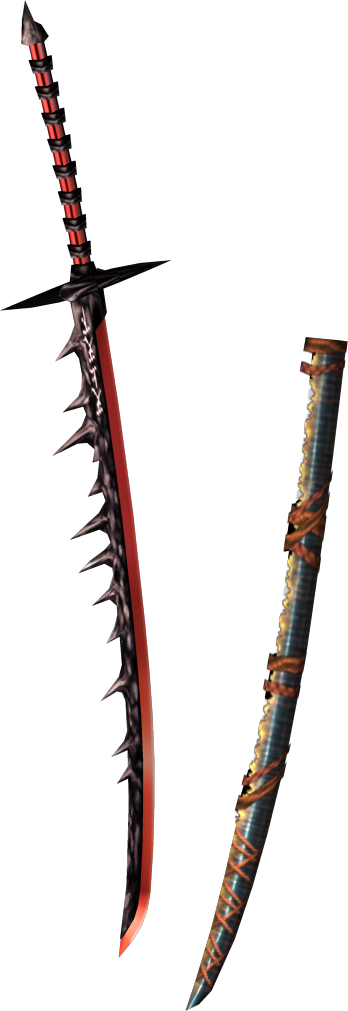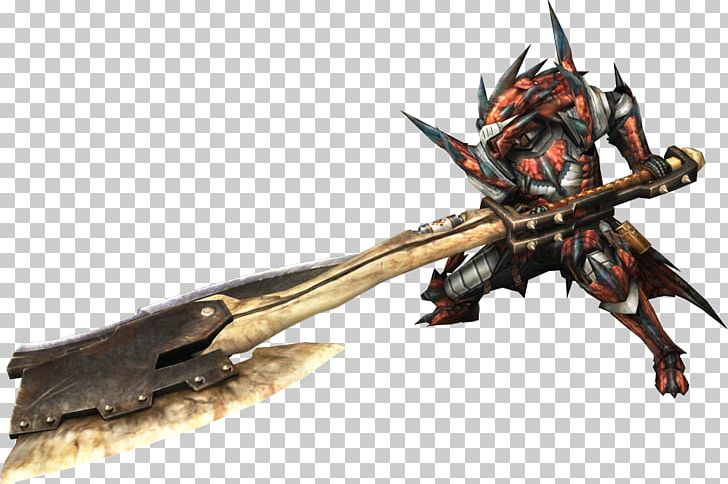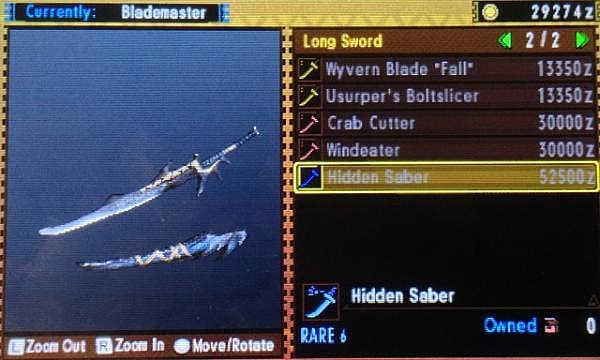
What’s more, the White (speed) juice can be stacked on top of the Red and Yellow ones, increasing the effectiveness of both, as well as how long they last. There are four kinds of juices you can collect-Red (increased attack), White (increased speed), Yellow (increased defense) and Green (healing). Once you’ve marked a spot on the monster’s body, you can let the Kinsect out and it will attempt to steal juice from that spot, and you can focus on attacking or evading instead.ĭespite taking some getting used to, the pay-off for collecting juice from monsters is well worth the effort. Alternatively, instead of firing your Kinsect, you can choose to fire a marker at the monster first, and “mark” which part of its body you want the bug to home in. It seems like the best strategy to solve the aim and speed problems is to just fire the bug from extremely close range, although this honestly seems antithetical to the whole premise of a ranged tool. This frustration can be amplified by the leisurely pace the bug moves at, which isn’t the most convenient thing in the world when you’ve got an angry Gore Magala ready to charge you down. A lot of the time it feels like the Kinsect won’t end up where you thought it would, either due to the uneven elevations of the terrain or simply firing at weird angles. Getting the hang of aiming your bug can take a while, especially at the start of the game. Hitting different parts of the monsters will give you different perks like increased attack or movement speed, which are also color -coded to make keeping track of them easier. The first one involves the Glaive’s method of powering up, which requires firing off a bug-called a Kinsect-so it can sap juice from a monster and bring it back to you. There are two key aspects to the Insect Glaive that make it stand out. On an aesthetic level, movements your character does with it are ridiculously impractical and exaggerated, giving it a very stylish feel, despite the weapon essentially being a giant stick. It may look big, but the weapon feels surprisingly fast and versatile. The Insect Glaive might just be my new favorite weapon in all of Monster Hunter. To figure out how they work, I’ve focused my play time exclusively on them in order to provide some of the details.įirst up, the Glaive. Monster Hunter 4 Ultimate introduces two brand new weapons to the already vast arsenal-the Insect Glaive and the Charge Blade. I've been having a lot of fun with it.As anyone who’s familiar with Monster Hunter might already know, the weapon you pick can dramatically affect your hunting experience. I would hope that Lance gets a little buff to it's damage, but I still think it is in a decent place. Zenny farming is also super quick and easy.

The low damage feels like a bit too much of a tradeoff for the relative safety of the weapon.Īs for builds being expensive, in Rise they aren't too difficult to put together, as the only RNG component are the charms, and a good charm from RNG is more icing on the cake, rather than random decos in World totally locking you out of a build. Charged Wide Sweeps hit pretty hard, but the DPS of the Lance still feels a bit lower than it should be.

The Spiral-Thrust and Anchor Rage silkbinds are really fun to use, but Twin Vine (which you can't switch out) feels almost entirely useless to me. If you're already a Lance player I think you'll be ok with it.

Comboing between the different attacks and counters doesn't feel any clunkier than any other weapon.

It isn't super awkward, just a bit different from most other weapons. In my experience so far, all the awkwardness with Lance comes from using the hops to reposition. I wasn't a Lance player in World/Iceborne, but have picked it up in Rise.


 0 kommentar(er)
0 kommentar(er)
